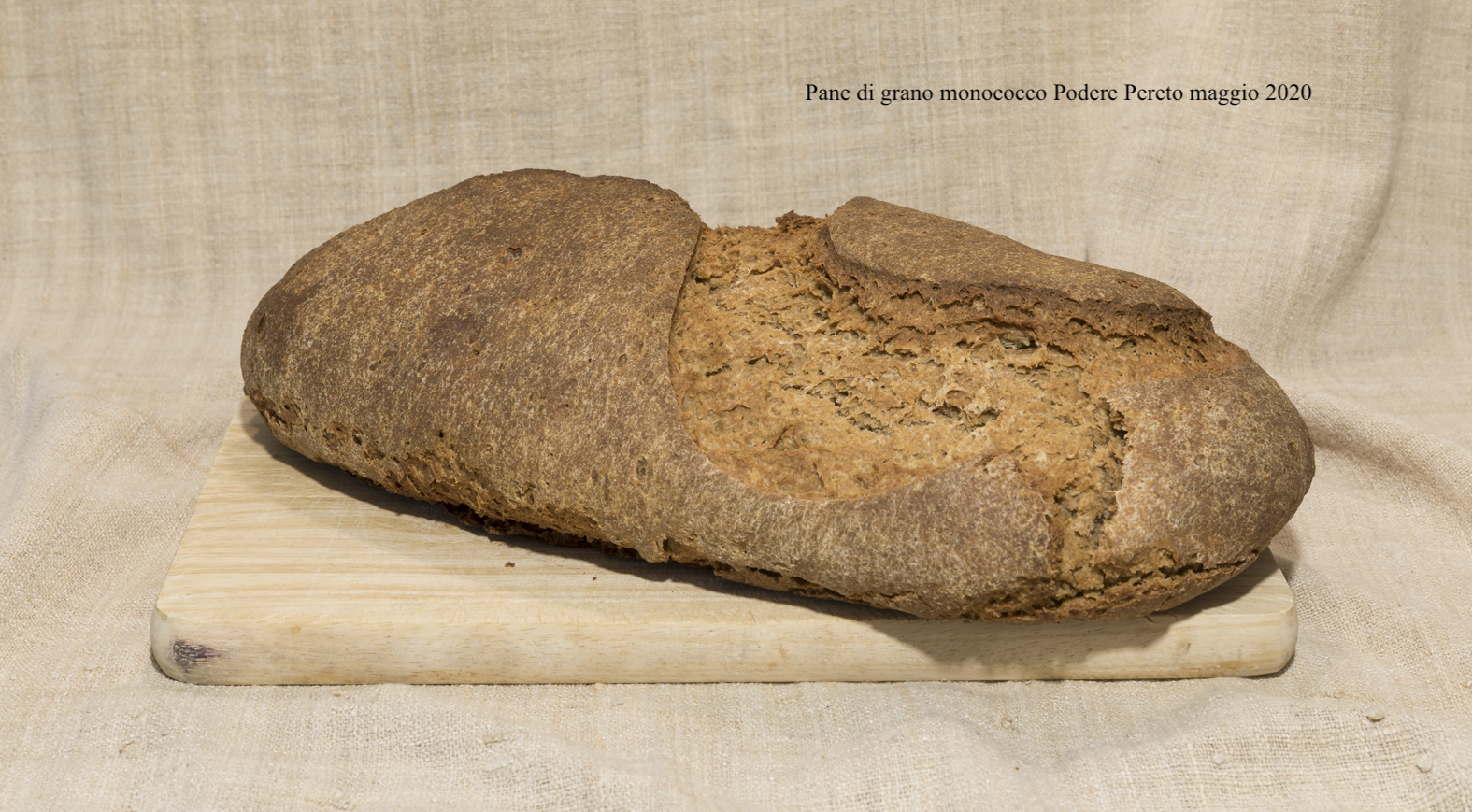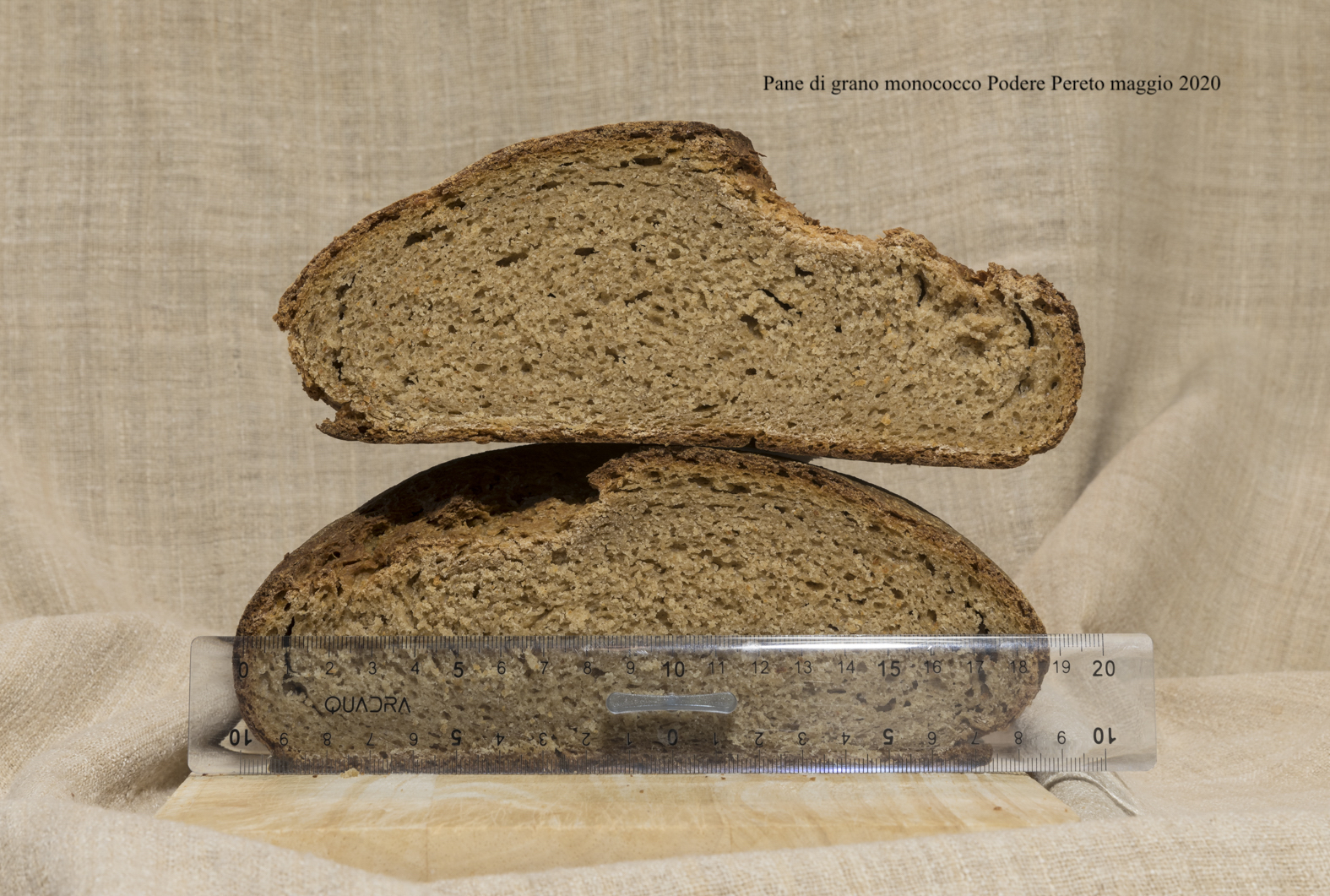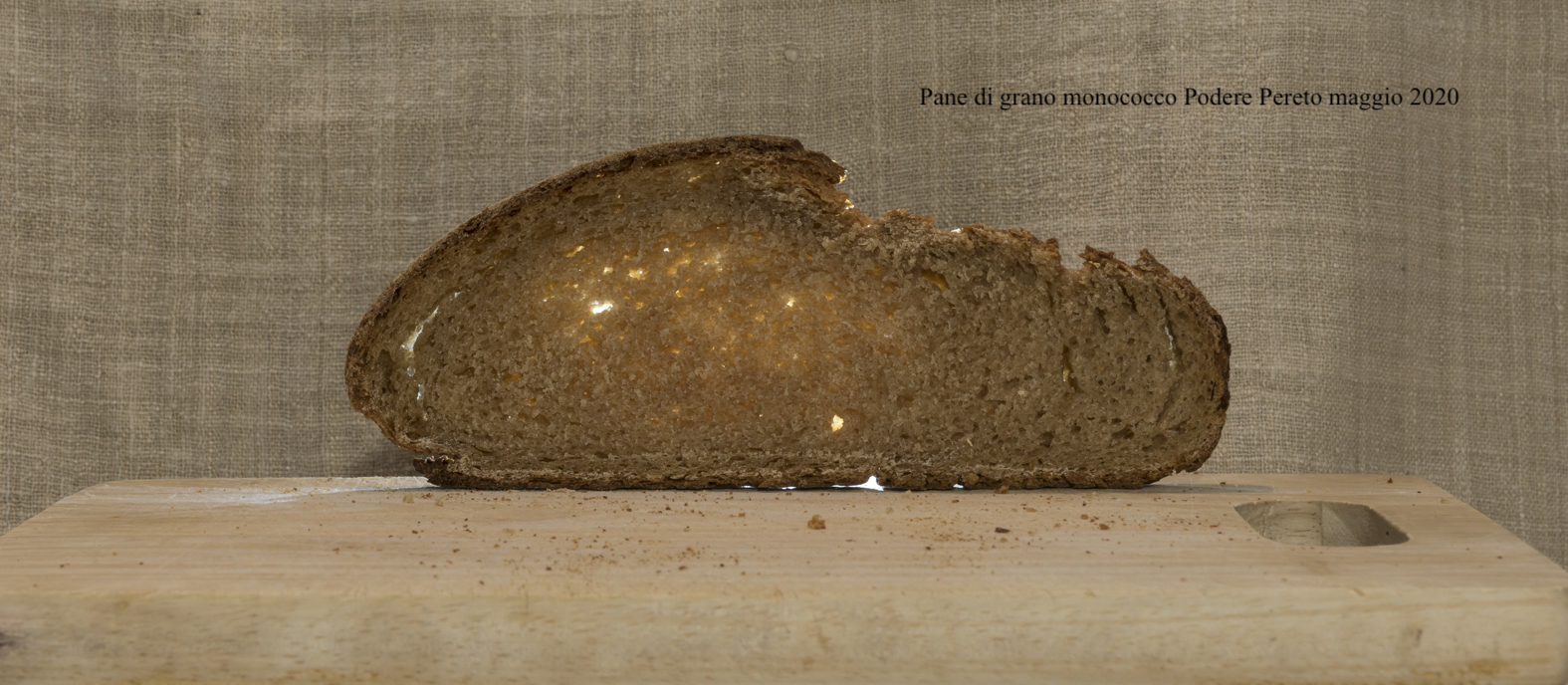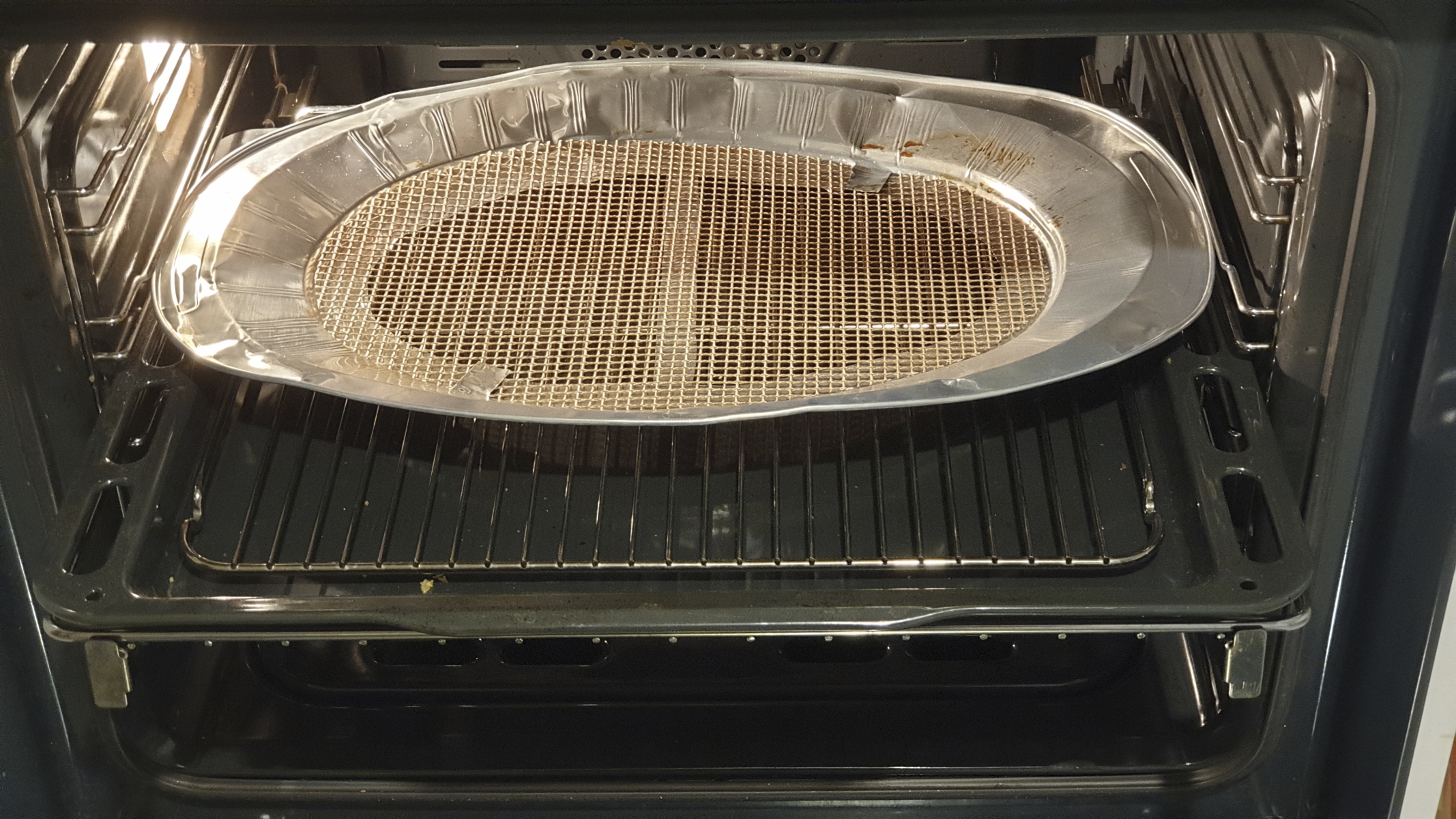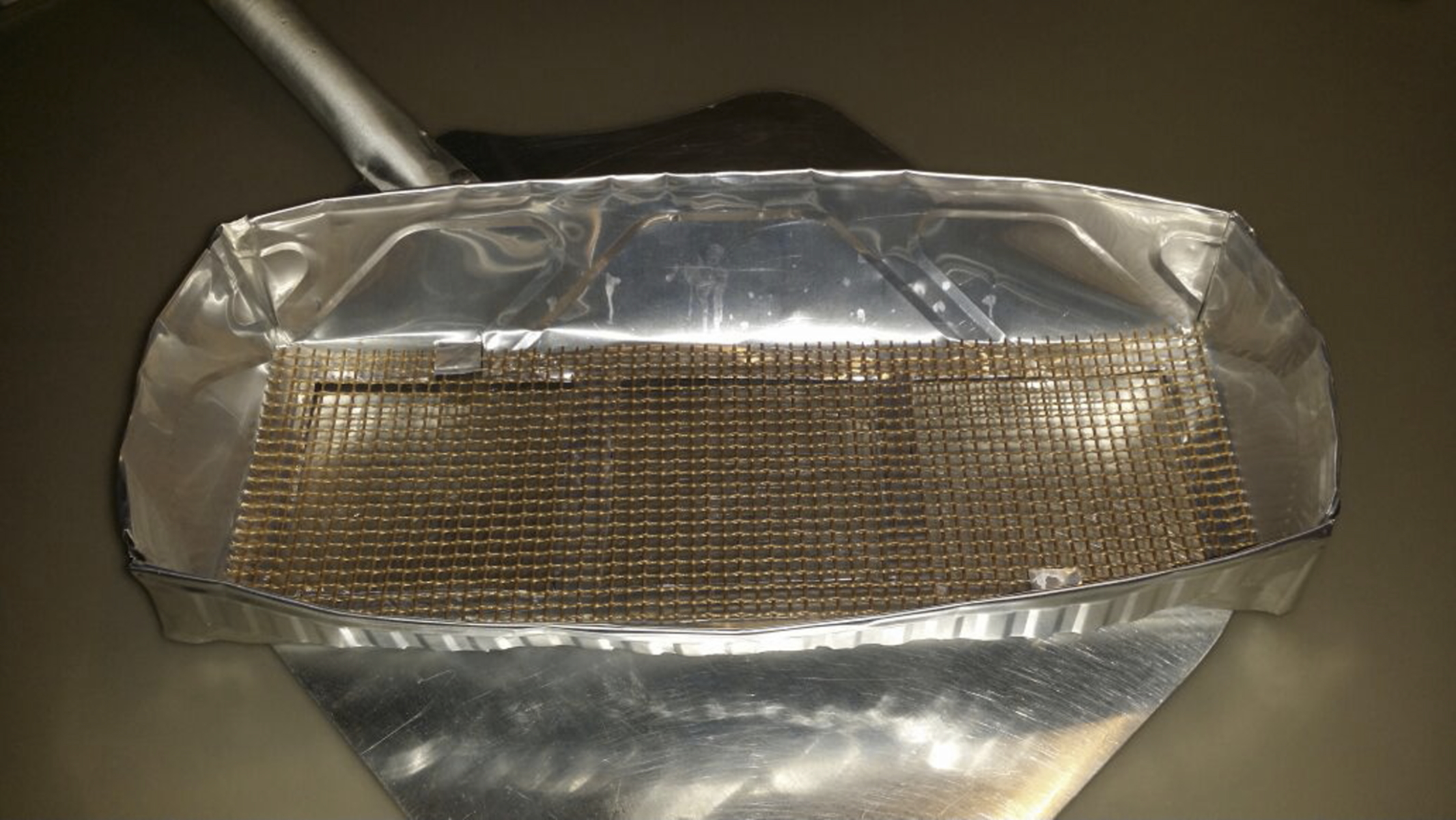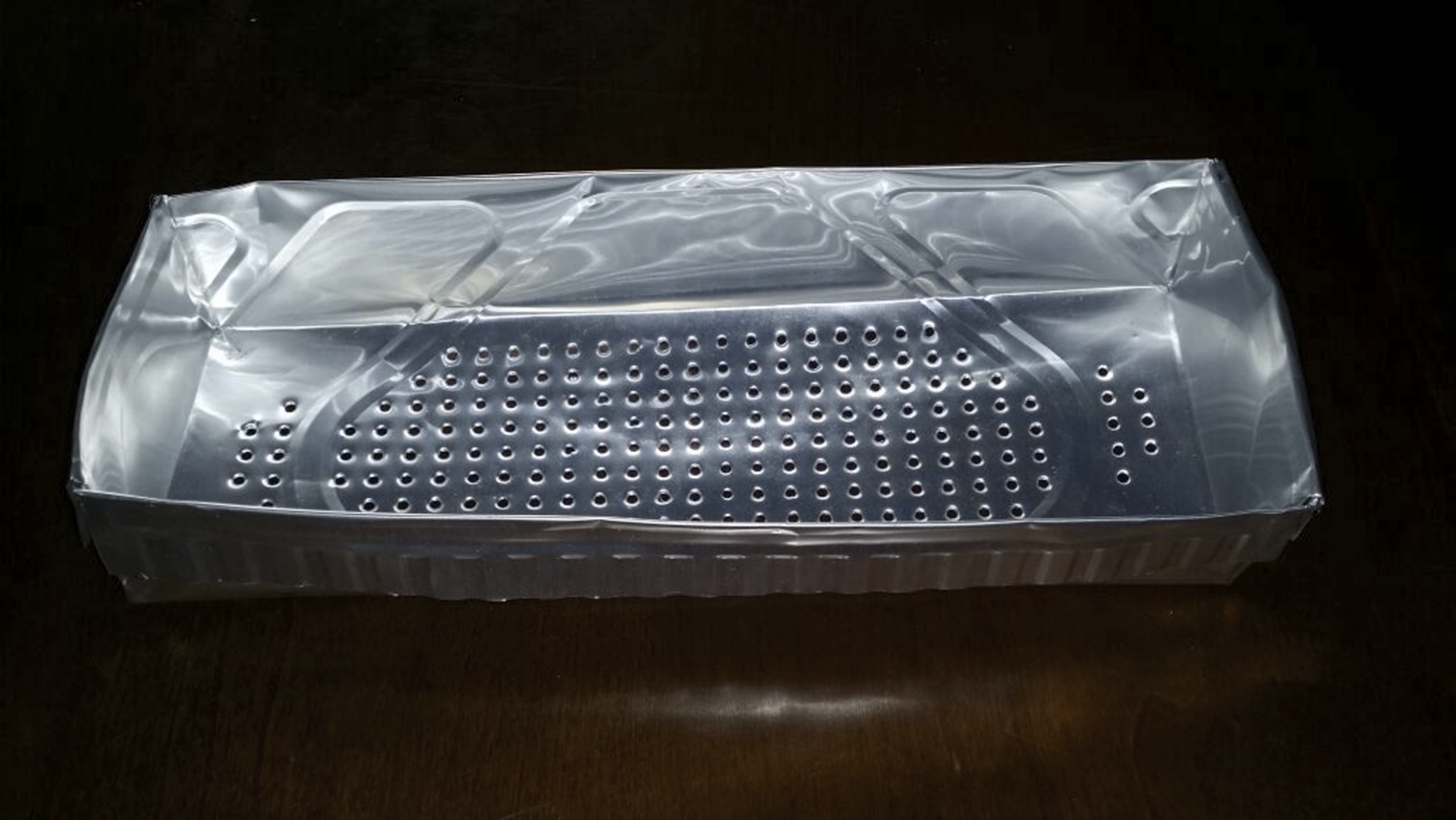Scientific research has repeatedly underlined the importance of introducing, in the diet of people who have problems related to gluten / wheat intake, products made with wheat /spelt flour that have fewer immunogenic gluten fractions, as digestible as possible and tolerable [1] [2] [3].
Digestibility and tolerability of products made with wheat which are all the more important today as we are fighting against covid-19 which has direct consequences on the health of the gastro-intestinal system.
Antonio Craxì, professor of gastroenterology at the University of Palermo noted a sharp increase in gastro-intestinal pathologies due to a strong reaction to the psychological distress related to the pandemic.
Antonio Gasbarrini, head of the Internal Medicine and Gastroenterology Unit at the Gemelli Polyclinic in Rome, underlined how many people due to covid-19 live “under stress and this constant tension modifies the brain signals in the intestine.” In these cases, the intestinal barrier often becomes more permeable, allowing various types of pathogens to pass, creating an inflammation destined to continue in the presence of repeated uncomfortable situations.
What does the market offer? We have the possibility to find flour, bread, crakers, friselle, breadsticks, breadcrumbs, pasta etc. on the shelves of the shops that meet these needs?
To answer this question it is necessary both to retrace the supply chain from field to table and examine the various steps to identify the most useful information and to highlight the characteristics of the grain that make it more suitable for the production of products which, as mentioned above, have the highest possible digestibility and tolerability.
The complete supply chain from field to table
It is the only system that would allow to know and control:
1. The variety of wheat grown
2. The cultivation method
3. The method of harvesting and storing the grain
4. The method of grinding and storing the flour
5. The type of product and its preparation methods
6. Preservation of the product (if necessary).
Additional information needed:
1. Analyzes on wheat in relation to its varietal purity and in relation to the presence of contaminants (for example mycotoxins)
2. Some rheological parameters
3. Analyzes on flour
4. Analyzes on the finished product (if necessary)
All of this information would give us the possibility of having a product that is certain in relation to its origin, certain in health terms (respect for health and hygiene standards) and with the parameters necessary to assess its suitability in terms of digestibility and tolerability.
There are very few products that we can find on the market that are accompanied (on the manufacturer’s website) with all the information on the supply chain (it’s still a dream!). The final products contain only (with rare exceptions) the information required by the regulations by law, while other very useful information may also be present, which we will highlight later.
Useful information for the consumer [4]
Firstily the variety of wheat is one of the most necessary information and should be not only declared but certified. The variety gives us information on the characteristics of the grain and its peculiarities. Einkorn wheat, for example, has a starch composition that reverses the proportions of its two components: amylose and amylopectin. Not all starch is rapidly hydrolyzed during digestion, the fraction that resists digestion and absorption (amylopctin) in the human small intestine is called “resistant starch” and has physiological effects comparable to those of dietary fiber. Monoccoco wheat, however, has a low content (0.2%) in “resistant starch” when compared with soft wheat (0.4-0.8%) (Abdel-Aal et al. 2008).
To date there are few certified varieties on the market: the Norberto monococcum wheat, the Hammurabi monococcum wheat, both of the Agroservice Company; Monlis monococcum wheat from the Prometeo company of Urbino; Senatore Cappelli wheat from SiS company. All these varieties are registered in the National Register of varieties of agricultural species. To these must be added the grains that have the certificate of origin such as Farro della Garfagnana (cereal of the species “Triticum Dicoccum Schrank”) [5]; Farro di Monteleone di Spoleto (local ecotype of the Triticum dicoccum species), PDO since 2010. Then there are the “conservation varieties (Annex 1) such as the” Sicilian Local Varieties – “Ancient Grains” – registered in the national register of conservation varieties “(Annex 2) although the latter are usually not marketed with the exact wording with which they were registered. The name dicocco, for example, is generic, already in 2015 there were 8 varieties in the National Register (Annex No. 3).
Secondly the percentage content of gluten and its “strength” is also e very necessary information and should be accompanied by a certificate of analysis performed by an authorized laboratory. Both parameters have a “heavy” influence on the digestibility and tolerability of the final product. In the study reported in note [6], the correlation between the gluten index and the digestibility and tolerability of two varieties of einkorn wheat compared to durum wheat is highlighted. These characteristics may also appear on the package containing the final product. The “strength of wheat is generally present on wheat packages dedicated to bakeries.
Useful information for the consumer does not end with what is highlighted above. Most importantly a brief description about:
1. Precautions taken to ensure the purity of the crop
2. Analyzes on the qualitative / sanitary compliance of the wheat.
3. About the grain cleaning which generally involves several steps
4. About grain storage
5. About the grinding
6. About the storage of flour
This information, which reassures us about the genuineness / healthiness of the final product, is generally available on the manufacturer’s website, at least for large and medium-sized producers. Difficult to find them for small producers. For Example in the Molino Rossetto website for the stone-ground organic whole durum wheat flour Cappelli we find, in addition to the information regarding the nutritional values we find:
Wholemeal flour – obtained by grinding the precious Cappelli durum wheat – Ideal for bread, pizza and desserts –
Technical features *: W 155 – 200 P / L 1.45 – 1.80, ASH 1.3 – 1.7%, PROTEIN 12 g / 100g.
Quantitative and qualitative composition of immunogenic peptides
In the future, hopefully not far away, it would be important for each variety to know the quantitative and qualitative composition of the immunogenic peptides that activate and /or contribute to activating the adverse response of the human immune system in non-celiac gluten-sensitive subjects. The search for naturally low toxicity grains is highly valuable since it would make it possible to have products suitable for reducing exposure to celiac disease in genetically predisposed subjects, suitable for the reintroduction of gluten after a gluten-free diet, suitable for the diet of subjects who also not systematically suffer from problems related to gluten intake. In the study reported in note [6], the difference in the type of gluten (gliadins and glutenins) possessed by two varieties of einkorn wheat compared to durum wheat is underlined.
Soft wheat flour should always be used marginally for the subjects indicated in this note as it contains a highly immunogenic fraction of gluten – 33mer -; spelt and Monlis monococcum wheat also contain a fraction similar to 33mer [8[.
The final product
Last but not least, it would be necessary to know not only the ingredients used to make the final product (as required by law) but also the method used. National legislation does not, however, require the labeling of ingredients that are not found in the final product (because they are volatile, for example) or those products already present such as gluten that can be added as long as they are limited.
Other important information should be present on the packaging of final products or with an indication of their presence on the manufacturer’s site.




